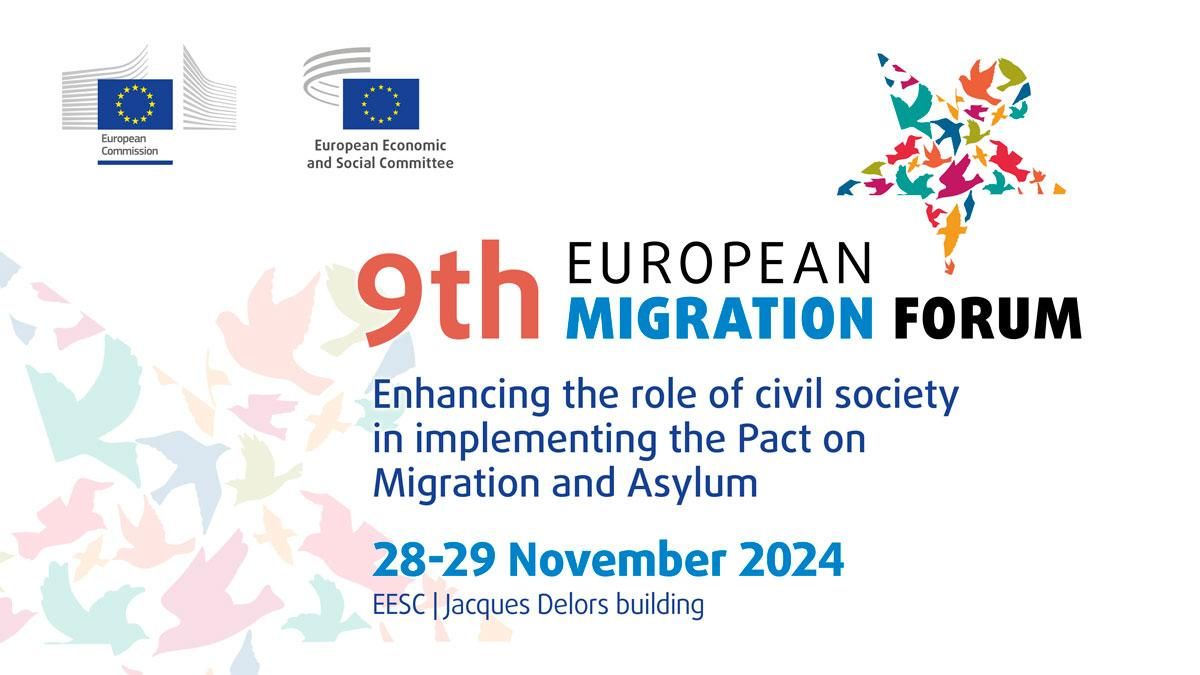Online sexual harassment of women
Online violence and harassment methods developed and diversified.

Christine Leșcu, 17.01.2018, 13:09
With an increasingly easier access to the Internet, to online social networks and state-of-the-art digital equipment, online violence and harassment methods have also developed and diversified. Hence the concept of cyber bullying, a form of online aggression or harassment using electronic means. The Internet’s propagation speed and the possibility to send instant messages to people far away have only increased virtual violence, which is by no means less harmful than the real one, says Jurgita Peciuriene, an expert with the European Institute for Gender Equality (EIGE).
Jurgita Peciuriene: ”There are many, many more different types of cyber-violence: cyber-stalking, cyber-harassment, non-consensual pornography, and luring young girls for purposes of trafficking or grooming younger girls. Non-consensual pornography is also known as revenge porn, and is spreading in huge proportions, and the perpetrators are often ex-partners who aim to publicly shame or humiliate. Women and men experience different types of harm. Men are more affected by cyber-insults, embarrassment and online harassment, while women are more exposed to cyber-stalking, online sexual harassment, and revenge porn.”
According to EIGE, nowadays, the Internet allows for new forms of psychological violence against women: cyber-stalking and cyber harassment. Cyber-stalking is sending emails, text or video messages that are offensive or threatening, posting offensive comments about the respective person on the Internet and sharing intimate photos or videos of that person on the Internet. Cyber-harassment can be defined as receiving unwanted, offensive, sexually explicit emails, text messages and inappropriate offensive advances on social media and in chat rooms.
Young women are particularly vulnerable to these forms of online psychological abuse, since they make more use of the Internet and social media than older women. According to 2014 data provided by the European Union Agency for Fundamental Rights, 20% of all 18 to 29 year-old women have experienced various ways of cyber-stalking starting at the age of 15. Moreover, in the case of women, violence in the virtual world is a continuation of violence or harassment experienced in the real world, EIGE experts say.
In spite of being a very serious problem, at present there is no European legal framework that should incriminate and define cyber bullying, so it is up to the member states to take measures against this plague. In Romania for instance, there are neither statistical data to show the extent of the phenomenon, nor proper legislation on this particular offence, says Andreea Bragă, executive director of the feminist organization Filia Center:
Andreea Bragă: “Unfortunately, there is no specific legislation meant to define cyber bullying. However, it could be included in certain law articles. In the new criminal code, article 208 defines harassment, saying that harassment represents, among other things, any repeated acts that may cause or are targeted at intimidating someone, including through online communication. Cyber bullying could thus be included under this law article, but it is not defined strictly as violence against women. There is legislation regarding cyber crime, but it does not make special reference to harassment. It only refers to pornography and personal data theft that may arise between former partners and can represent means of blackmailing a person to stay in a relationship.”
Like other types of violence or harassment, cyber bullying stems from the power relationship established between victim and aggressor, says Andreea Bragă: “If you are part of a minority, be it ethnic, religious or sexual, and also if you are a woman – although women are not a minority, but more often than not they are placed in a inferior position as compared to men – you are exposed to cyber bullying to a larger extent. It is usually initiated by someone who has at least a symbolical capital of power, such as the most popular or coolest child in a group. That is why, the others, who happen to witness such an incident, more often than not side with the aggressor. In the case of teenagers, bullying becomes possible also due to the fact that witnesses, out of fear or of the need to copy or to imitate the aggressor, side with the aggressor. In the case of adults, we see tactics of intimidation, of injuring or criticizing people, by sending text messages, e-mails or even by creating defamatory web sites against some people. All these are made to denigrate or humiliate someone.”
Clearly defining cyber bullying at legislative level would be needed not only to punish the perpetrators, but also to help victims better understand what is happening to them: namely that the manner in which they are aggressed or humiliated does not reflect their personal value but it is illustrative of how harmful their aggressors can be. Thus, the number of dramatic cases when people lose self-esteem can be reduced. And there is more to it.
Here is Andreea Bragă again: “Cyber bullying is also closely linked to suicide. If a person has been subjected to a form of harassment for a long time, that person will come to be afraid, will get depressed and finally lose self-esteem. There have been cases of teenagers, both girls and boys, who committed suicide. Leaving aside the legislation in the field and the fact that there is no framework to punish such deeds, awareness raising campaigns are needed for people to understand what they are experiencing.”
Not only the victims, but also the public at large browsing the Internet should be educated, so as to be able to react and put an end to an aggression whenever they become aware of instances of cyber bullying.






























